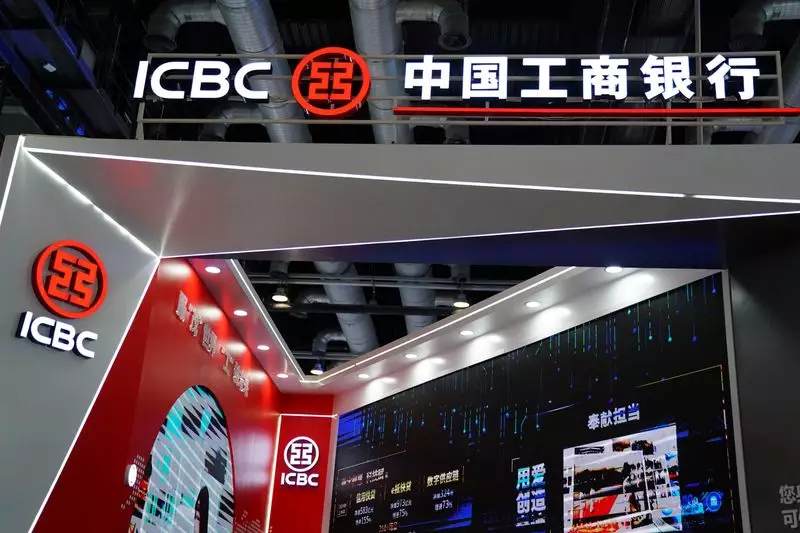In response to the surprise lowering of lending benchmarks to boost economic growth, five major state-owned Chinese banks have taken the initiative to cut deposit rates. Industrial and Commercial Bank of China (ICBC), Agricultural Bank of China, China Construction Bank, Bank of China, and Bank of Communications have all announced varying reductions in their deposit rates by 5 to 20 basis points. This move comes as a strategy to mitigate the impact on their already record low margins.
This recent action marks the first broad reduction in deposit rates by Chinese banks since December last year. Despite there being three cuts in 2023, this one stands out as a significant step taken by major state-owned lenders. In late 2022, Chinese lenders had made broad cuts to deposit rates for the first time since 2015, signifying the gravity of the current economic situation.
Commercial banks in China have been facing a challenging time with their net interest margins reaching a record low of 1.54% by the end of March this year. The series of rate cuts in deposit rates by the major banks is aimed at lowering their funding costs amid the current economic crises, including a property market slump, weak loan demand, and overall low interest margins.
The surprise move by China’s central bank to conduct an unscheduled lending operation at significantly lower rates has prompted the commercial banks to align their deposit rates accordingly. This monetary stimulus is part of the government’s efforts to stimulate economic growth and boost market sentiments in what appears to be a struggling economy.
Experts and analysts predict that more banks, including smaller ones, are likely to follow suit with deposit rate cuts, albeit with milder reductions. The market outlook anticipates further benchmark lending rate cuts, should there be no significant improvement in the economic data. The dilemma faced by Chinese banks currently involves the need for a balance between lending rates, deposit rates, and overall funding costs to sustain profitability amidst challenging economic conditions.
Lowering deposit rates is seen as a strategy to encourage corporate investments and household consumption, as per the Chinese central bank-backed media outlet Financial News. The move aims to optimize asset allocation, enhance fund flow into the capital market, stabilize the stock market, and contribute to the economic recovery and improvement. However, analysts raise concerns over whether these deposit rate cuts will be sufficient to redirect savings towards consumption and investment, given the prevailing weak income prospects and deflationary pressures.
The recent deposit rate cuts by major state-owned Chinese banks reflect a proactive approach to adapt to the changing economic landscape. While these measures are intended to support economic growth and profitability, the effectiveness of such actions in driving investment and consumption remains uncertain in the face of complex economic challenges and consumer sentiments.

